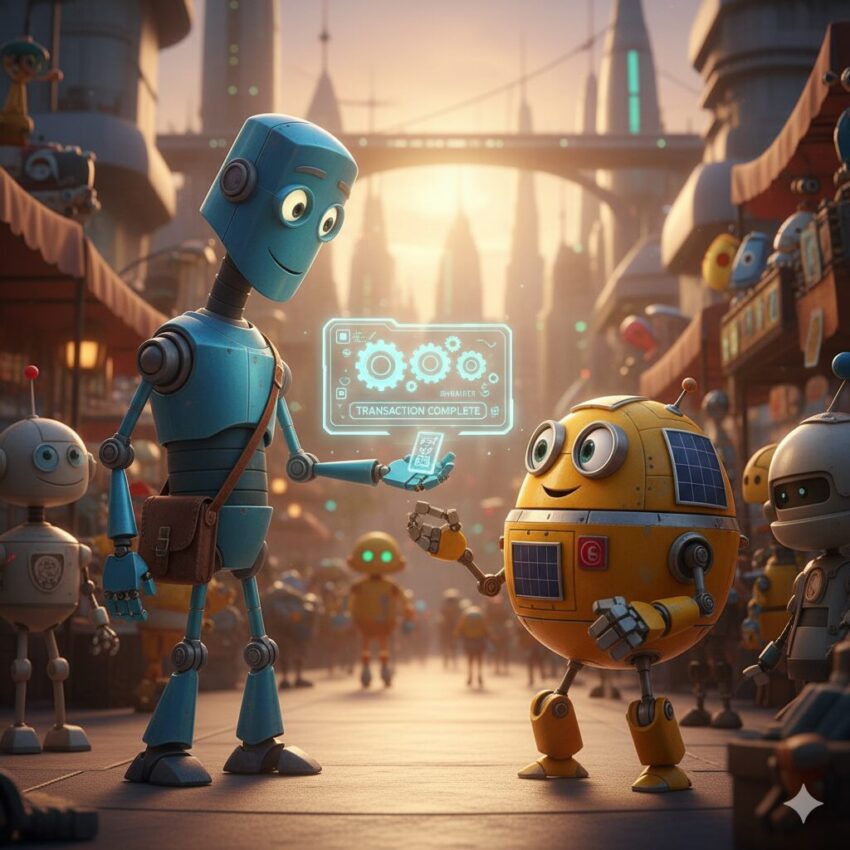TL;DR Summary of How Multi-Agent AI Systems Will Transform Enterprises and Search
Optimixed’s Overview: Unlocking the Potential of AI Agent Collaboration in Modern Enterprises
Introduction to AI Agents and Their Enterprise Impact
AI agents differ from traditional chatbots and assistants by possessing high autonomy, learning capabilities, and the ability to interact with both tools and other agents to accomplish complex, multi-step goals. They operate proactively and can adapt based on experience, making them akin to highly skilled employees within an organization.
Real-World Example: Walmart’s Multi-Agent Ecosystem
- Sparky: A customer-facing agent that integrates inventory data, suggests products, recipes, and streamlines shopping experiences.
- Associate Agent: Supports internal operations such as locating items and answering HR queries.
- Marty: Collaborates with suppliers to manage onboarding, orders, and campaigns.
- Digital Twins: Virtual 3D store models used for scenario testing, maintenance alerts, and real-time operational guidance.
Walmart’s system relies on the Model Context Protocol (MCP) to standardize communications between agents and existing services, enabling seamless orchestration of complex workflows.
Google’s Agentic Web Initiatives
- AI Mode: Enhances search results by integrating agent-powered booking and purchasing directly within Google Search.
- Gemini in Chrome: Acts as a browsing assistant capable of interacting with websites autonomously using tools like Project Mariner.
- Agent Payments Protocol (AP2): Enables agents to securely handle payments, including traditional and cryptocurrency transactions, partnering with major payment providers.
- Agent-to-Agent Communication (A2A): A protocol allowing agents to discover, communicate, and collaborate using standardized skill descriptions and JSON-based cards.
Future Outlook and Business Recommendations
AI agents are expected to revolutionize search and digital interactions by automating mundane tasks and negotiating services autonomously. Enterprises should:
- Engage daily with leading language models (LLMs) like Gemini and ChatGPT to understand AI communication.
- Develop reusable prompts (“gems”) to streamline workflows and prepare for future agent integration.
- Learn basic coding and leverage AI-assisted tools to create custom automation solutions.
- Ensure websites are optimized for agentic browsers to enable seamless AI-driven user interactions.
- Monitor agent developments within their industry to identify timely opportunities for adoption.
While full-scale deployment of multi-agent systems is still emerging, early adoption and experimentation will position businesses for success in an agent-driven digital economy.
